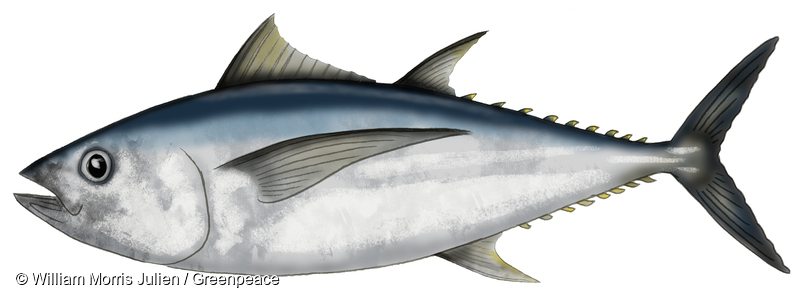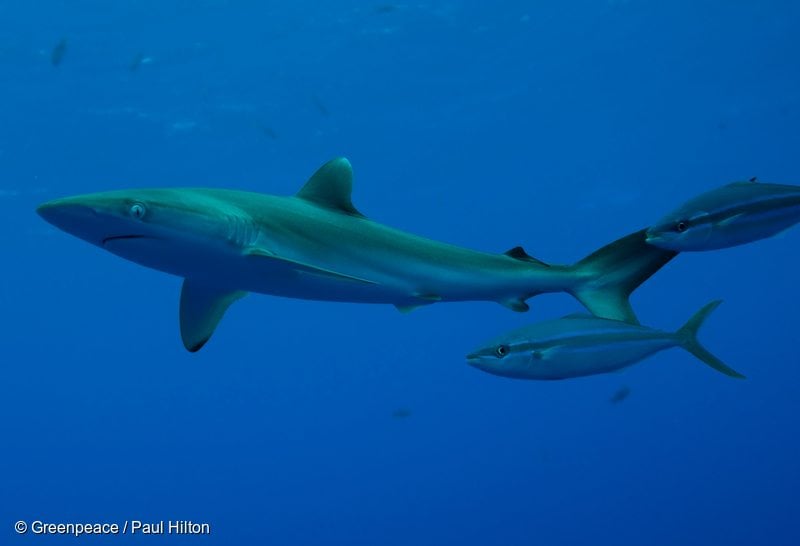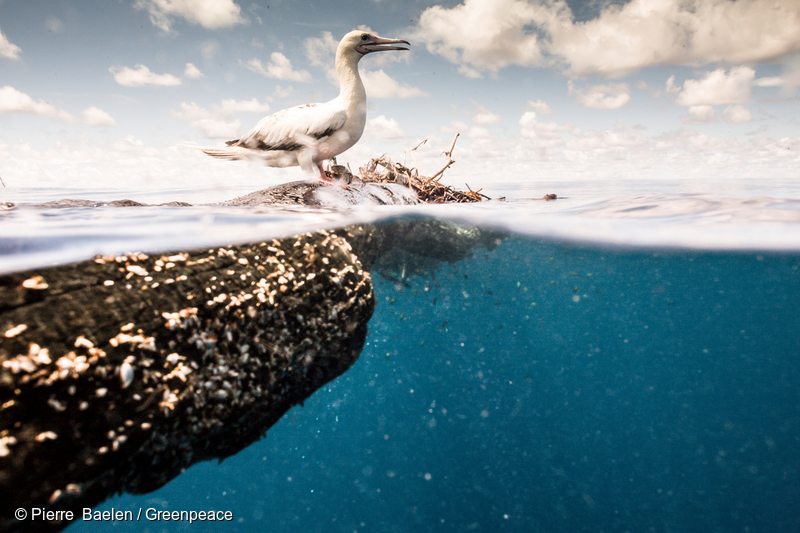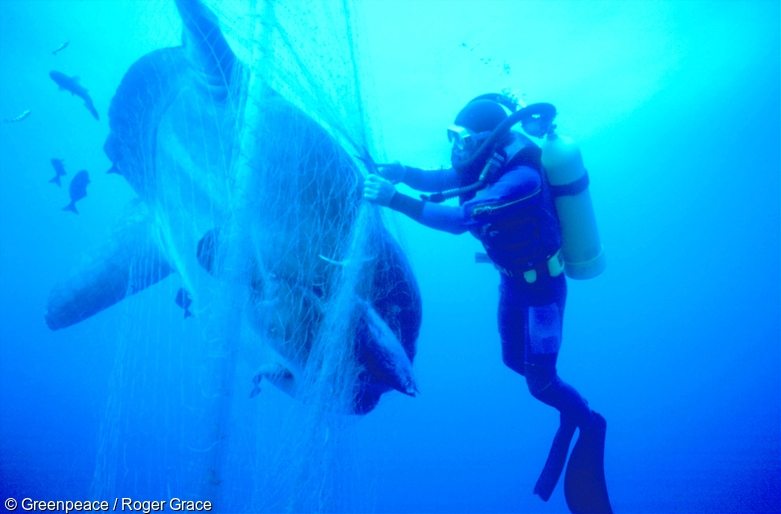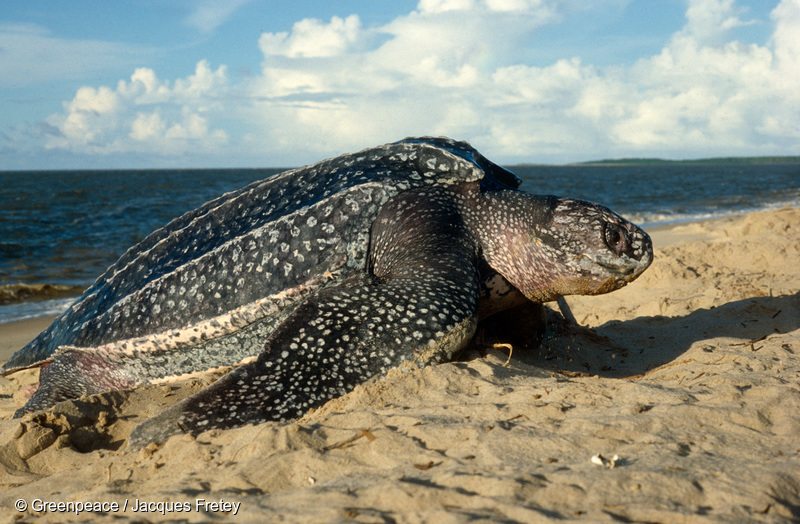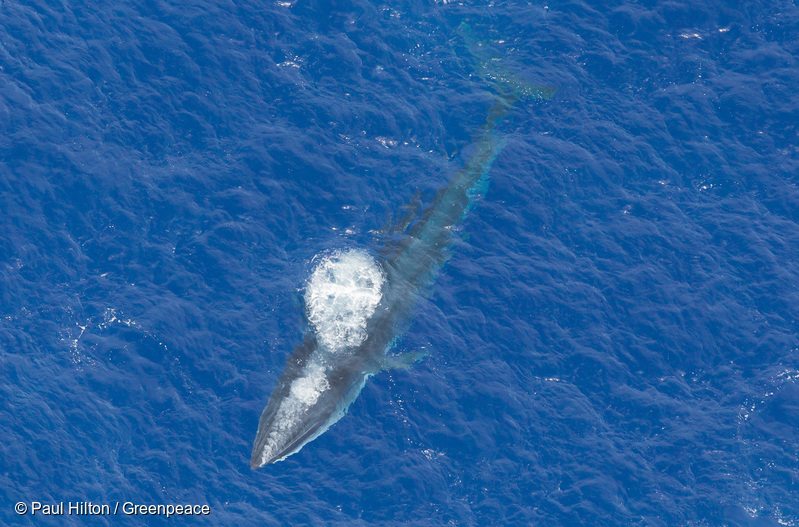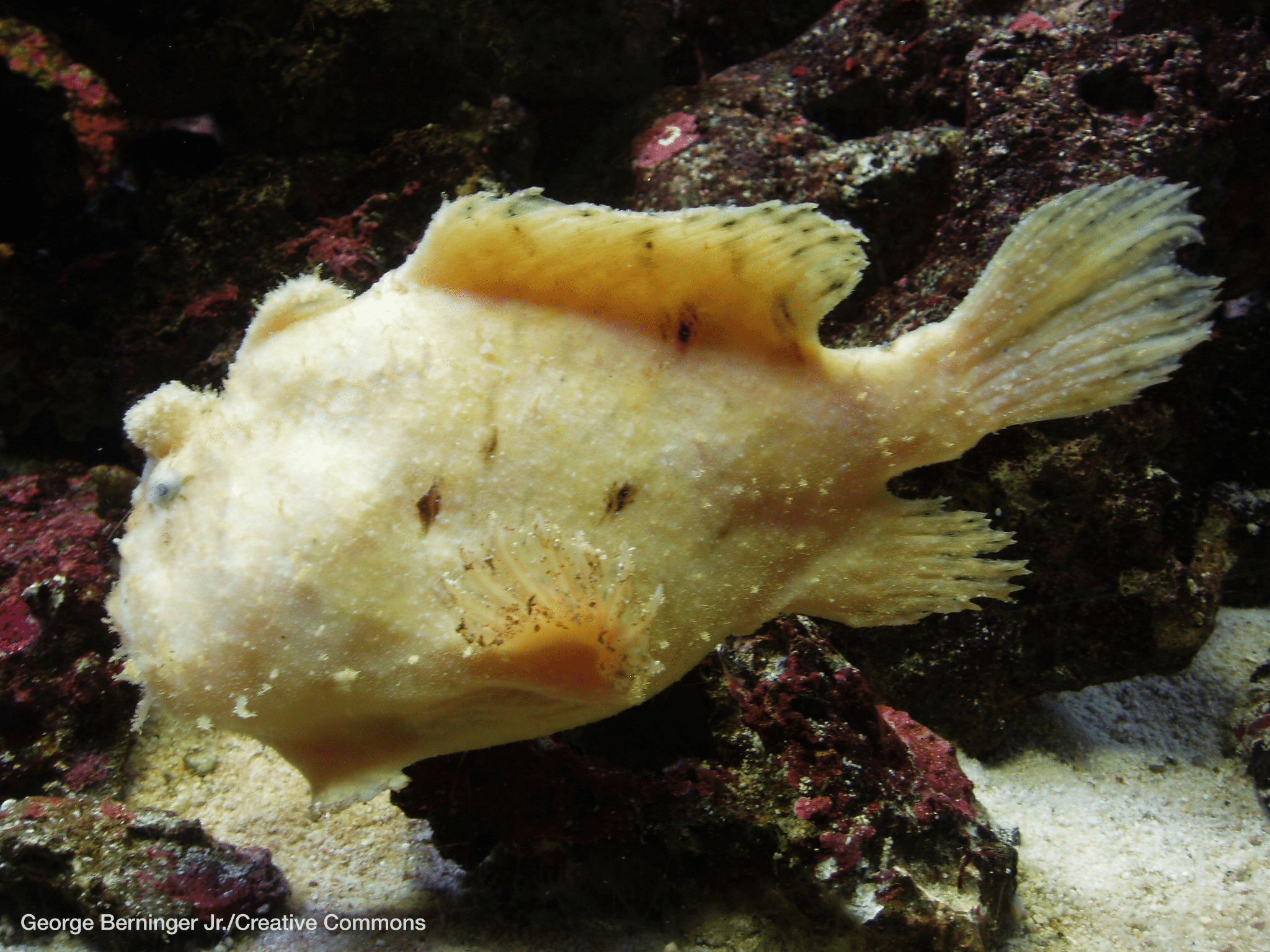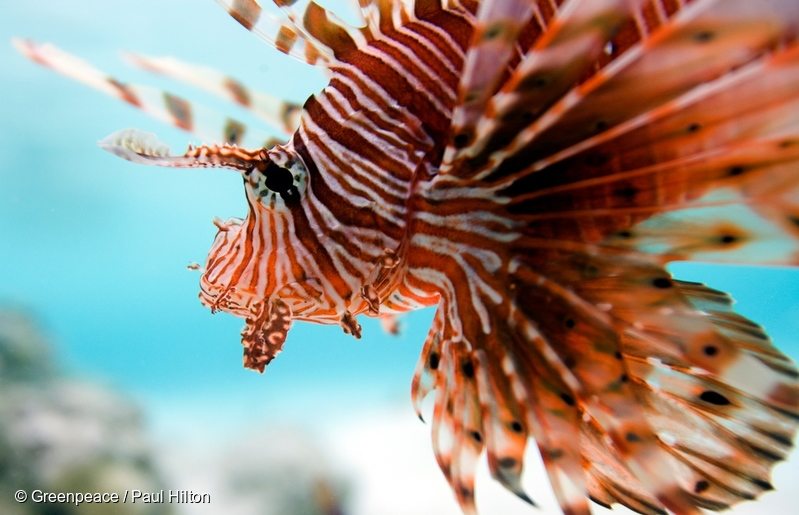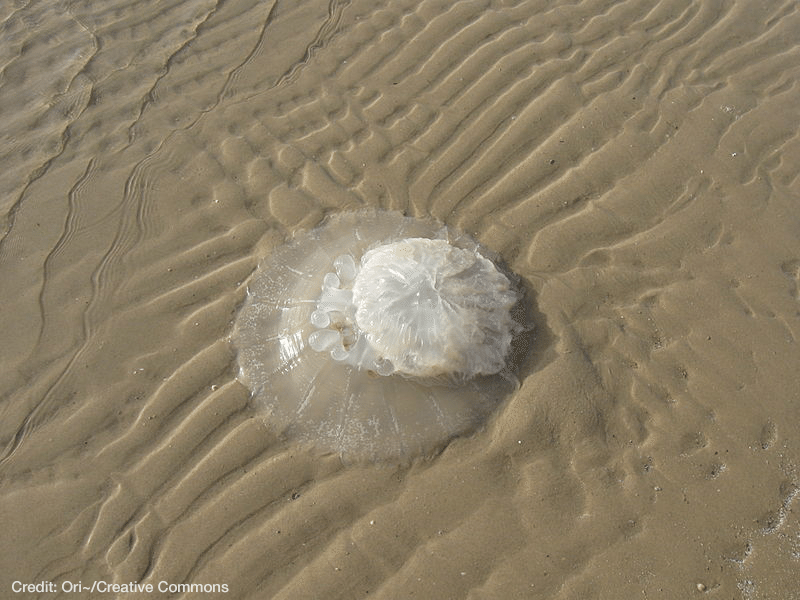There’s really no other word for it: the Indian Ocean is amazeballs.
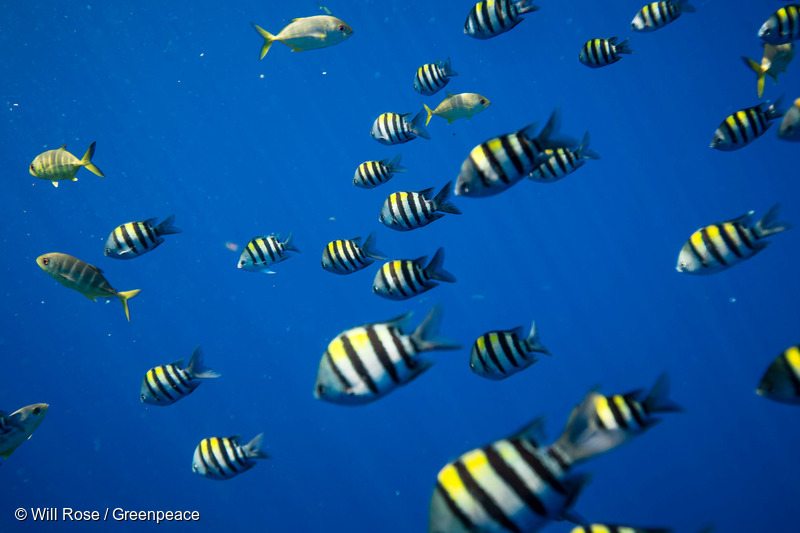
To travel to the Indian Ocean by sea and you might arrive through such storied routes as the Strait of Hormuz, the Suez Canal, or the Strait of Malacca, or via ports like Calcutta, Mumbai, Jakarta, or Melbourne, perhaps following routes that were sailed by silk traders in the 1500s.
The Indian Ocean sets records for being both the saltiest and least salty of the world’s oceans, and is unusually warm and low in oxygen. It is also changing rapidly: fueled by global warming, the abundance of phytoplankton — the tiny plants at the base of the food chain — has dropped 30 percent in the last 16 years.
Let’s take a look at some of the wild and wonderful creatures that live there!
Bigeye tuna
The deepest diving of the tuna species, these fast-swimming predators use their large eyes to hunt for prey in the dark waters far from the surface. The adults are highly sought by coastal fishermen, bringing in top dollar prices for the high end sushi market.
The big problem, though, is that large numbers of juvenile bigeye are caught by the industrial tuna fisheries, which simply grind them up and add them to cans along with much more abundant skipjack.
Silky shark
Even their name just oozes cool, but silky sharks are in real trouble. Some researchers estimate that the Indian Ocean population has dropped as much as 90 percent in the last 20 years alone. Bycatch is a huge problem, with hundreds of thousands being killed with tuna Fish Aggregating Devices (FADs) that attract a whole lot more than tuna.
Albatross
These giant and majestic birds can travel tens of thousands of miles in a year. Unfortunately, they have been given a bum rap, and there is a poet to blame. Albatross were always thought of as a good luck sign, so when the fisherman in Coleridge’s Rime of the Ancient Mariner shoots one, the crew believes they have been cursed.
Ever since, people have referred to burdens as an albatross around your neck. Meanwhile, the poor albatross has the tuna industry around its neck. A 2015 scientific study summed up the problem for critically endangered Amsterdam albatross perfectly: 167 individuals versus millions of hooks.
Whale shark
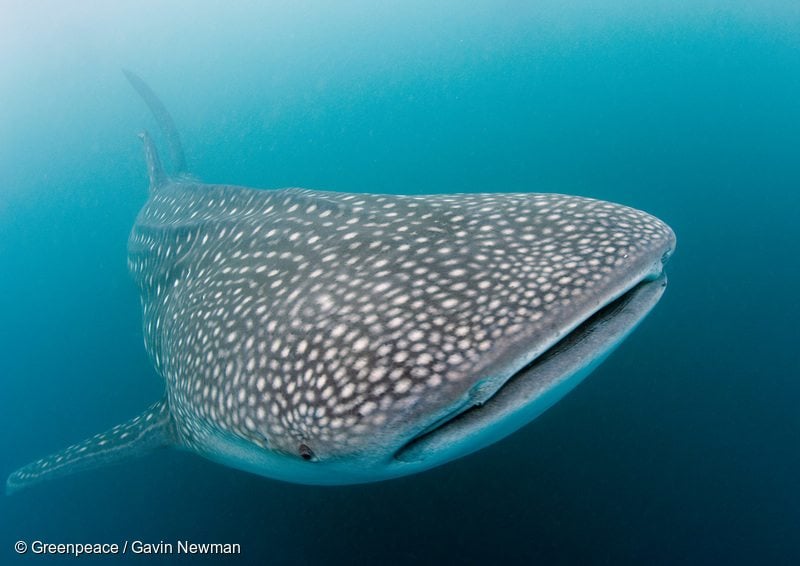
Whale sharks are at risk from being caught in tuna fishing gear and even having their fins harvested by underpaid fishermen.
The world’s largest fish and also one of the most spectacular, these sharks are larger than many whales but feed on plankton and small fish. They are gorgeous and incredibly valuable in attracting tourists hoping to see them in the open ocean, but are slow moving and vulnerable to fishing bycatch.
One of the root causes is that businesses refuse to pay tuna fishermen a living wage. To make ends meet, they fish in ways (using dedicated shark lines, wire leaders, fishing at night) intentionally aimed at catching sharks. What happens next is hard to imagine: the sharks’ fins are sawed off and the mutilated but still living sharks are often tossed over the side, where they sink to the bottom and either starve to death or are devoured.
Sorry, that got a little dark, there. One bright spot is that in 2013, the Indian Ocean Tuna Commission finally banned tuna vessels from deliberately setting their nets on whale sharks. Progress!
Ocean Sunfish
Also called the mola mola, the sunfish is a walking — er, floating — contradiction. It is the largest bony fish in the sea, but because it has such limited swimming ability that it largely travels by ocean currents, it is also considered a type of plankton.
They are also the subject of the funniest (and most profanity-filled) clip I’ve ever seen on the internet.
Scalloped hammerhead shark
https://www.youtube.com/watch?v=pwYTbUhHbw8
I know, I know, they are just big ol’ cuddlers that would probably never actually hurt you, but is there anything more badass on land or sea than a hammerhead? I mean, look at the way they move! There is nothing else that can flat out strut like that in the water.
Leatherback sea turtle
The largest of the sea turtles, leatherbacks can reach the size of a Volkswagen. Seeing one of these gentle thousand-pound giants gracefully swimming by or climbing onto a beach to lay her eggs will definitely make you forget about your troubles for a while.
Leatherbacks are one of several species of sea turtles found in the Indian Ocean that are frequently killed by tuna fisheries, usually drowned in purse seine nets or on longlines.
Bryde’s whale
It wouldn’t be a Greenpeace list if we didn’t include at least one whale, and for the Indian Ocean I choose the Bryde’s whale. Named after a Norwegian who made a living off killing them, these whales use strips of baleen to strain plankton out of the water.
While no longer hunted in the Indian Ocean, Bryde’s whales still face an uncertain future due to declining food supply and being killed as bycatch.
Weedy sea dragon
Only in the Indian Ocean could something so made up looking also be known as the common sea dragon. Whaaaat? One of my favorite examples of camouflage gone wild, the weedy sea dragon blends in perfectly with its kelpy surroundings.
Giant oarfish
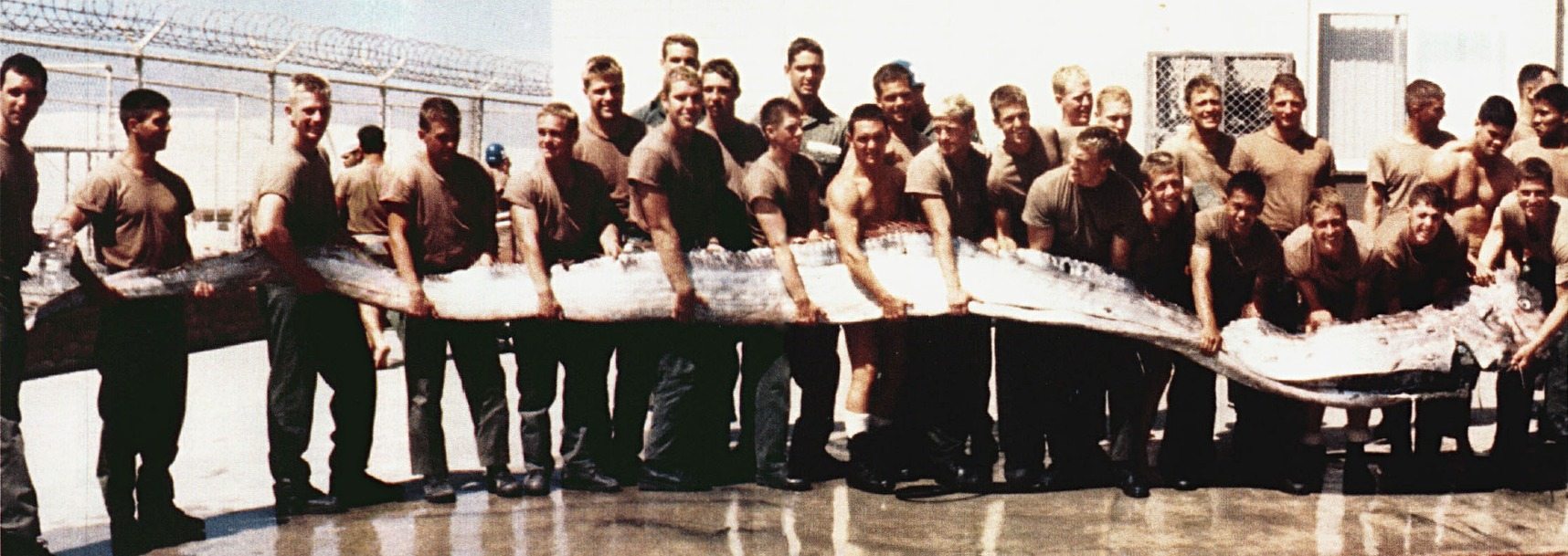
Giant oarfish found on the shore of the Pacific Ocean near San Diego, California. Credit: U.S. Navy.
These guys make the news pretty regularly, in the what-the-hell-is-that or sea-monster-washes-up-on-local-beach category. Resembling a cross between an eel on steroids and the Loch Ness Monster, oarfish have been reported to reach over 50 feet long.
Anglerfish
Although more common in the cold depths of the Atlantic and the Southern Ocean, some of the funkiest-looking anglerfish live in the Indian Ocean. You probably know that they use a fishing rod-like appendage to lure fish into gulping range, but that is far from the strangest thing about anglerfish. I am too scandalized to say more here, but if you’re feeling curious — and courageous – check this out.
Devil firefish
Also known as the lionfish, these beautiful and lethally poisonous predators have escaped the Indian Ocean and are now common throughout the Caribbean. More recently, they are increasingly being sighted in the Mediterranean, having moved through the Suez Canal.
Nomad jellyfish
Speaking of invasive species, these stinging jellies made headlines when they showed up in large numbers on the beaches of the Mediterranean. Canals like the Suez save enormous amounts of time and money, but disrupt ecosystems by enabling species to move into environments which evolved without them. With no natural predators, they can spread quickly and drive local species to extinction.

